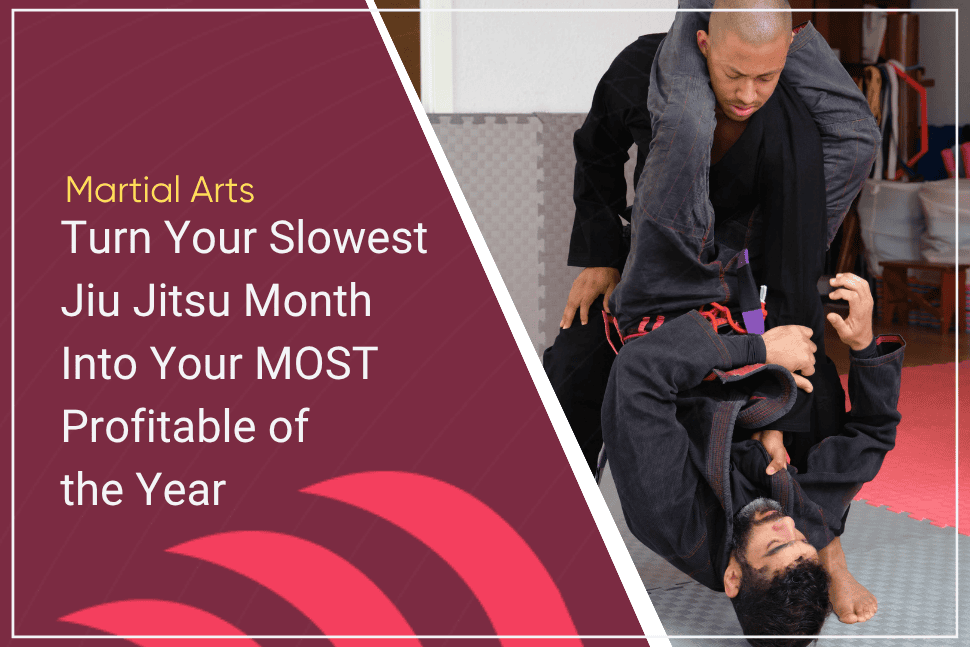Owning a dance studio is a profitable and fulfilling business venture. It can be easy to choose the styles of dance you want to teach, but pricing the programs can be difficult. Tuition and other prices can vary wildly based on the geographic location, local market, and the number of classes offered.
How do you determine the prices for your dance programs? First, look at your business costs. This will tell you how much money you’ll need to make to turn a profit. Based on how many students you have or can have, you can then come up with an initial price range.
There is more to pricing than just covering your costs. It can be a delicate decision to make. Dance studios become a “home away from home” for many kids and families. Wanting to include as many people as possible can lead studio owners to underprice their programs.
Factors That Go Into Pricing Dance Programs
Every studio is going to have different factors that go into the price of their programs. It is important to balance the needs of your business without outpricing your clientele.
Business Costs
If your business is not profitable or, at the very least, covering its costs, there isn’t much point to being in business. That is why the first thing you should consider when pricing your dance programs is the costs to run the studio. Take all your expenses into account: direct, indirect, fixed, variable, and overhead.
To avoid pricing out your customers, it can be helpful to assess your operating costs and make sure your studio is spending as efficiently as possible. One thing that can help bring down costs is great dance studio management software. Gymdesk management software allows you to keep your registrations in one, easy-to-access location. Plus, you can enroll your clients in automatic billing while also having an easy point-of-sale system for one-off costs.
Market Demand
If you are the only dance studio in town, you’ll have a lot more freedom in choosing your prices. However, you’ll most likely be competing with a couple of other studios (or more) in the area. Additionally, you’ll need to have an idea of how many dance students are looking for classes.
It is helpful to know what competitors are charging for their programs. However, don’t worry if your prices are higher than other studios. Higher prices signify higher-value services.
Cost of Living
A dance studio in New York City is most likely going to charge much higher prices than a studio in a small midwestern town. The prices of everything are tied to the average wages and cost of living for each location.
If you already live in the area where you are opening your dance studio, you probably have a pretty good idea of the cost of living. If you are moving to a new area to open a dance studio, you may need to do further research on local costs to help you choose your program prices.
Inflation
The prices of your dance programs are not one-and-done decisions. You’ll need to re-evaluate your prices annually to make sure they still make sense. Do your current prices still cover your business costs?
The prices of all goods and services are constantly changing (and usually increasing). That’s why it is important to re-evaluate your pricing periodically. You want to make sure that your business remains profitable with rising operating costs and that your rates are consistent with the area.
Feelings of guilt often come up when studio owners are looking at increasing their prices. Many students stay at a studio for years and establish strong relationships with the studio and other students. However, it is necessary to risk losing some clients over a price increase. Your best customers will understand and will stick around.

Dance Program Pricing Examples
As discussed, dance program prices vary amongst studios based on classes offered, local market demand, and cost of living. Here are some average prices for dance studios in the United States:
Private Lessons: $50-100/hour
- Package prices are usually cheaper per lesson
- The majority of the fee goes to the instructor, not the studio
- Option for dance workshops
Renting Studio Space: $50-60/hour
- Rent out the studio during unused times for additional income
- Option for birthday parties, yoga classes, or private studio time
Registration Fee: $25-100+
- Usually priced per family
- Can be one time, annual, or “waived” during a sale
Recital Fee: $50+
- Helps cover venue and production costs (excluding costumes)
Tuition: $50-150+/month for one class per week
- Large group class tuition
- Depends on the number of classes offered per week or per month
- Can package multiple dance programs into one rate
Final Thoughts
Unfortunately, we cannot recommend a singular price for your dance programs. As the studio owner, you will need to consider the dance studio operating costs, local market, cost of living, and inflation to determine the best prices for your dance programs. How much to charge for dance classes is a combination of these variables. Remember, don’t be afraid to charge what your service is worth. The students who recognize the value you provide will stick with you regardless of pricing.
 Gym Owner Statistics: The State of Gyms, Member Trends, and Usage Data
Gym Owner Statistics: The State of Gyms, Member Trends, and Usage Data




 EN (English)
EN (English)
 JA (日本語)
JA (日本語)